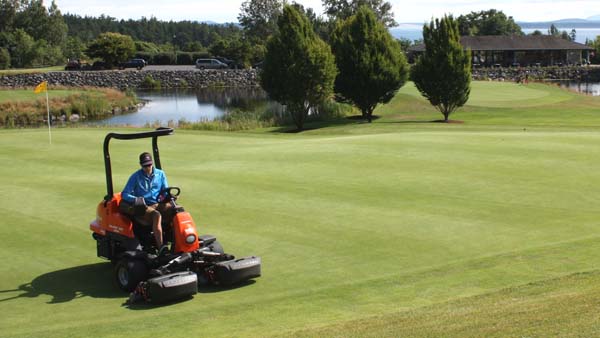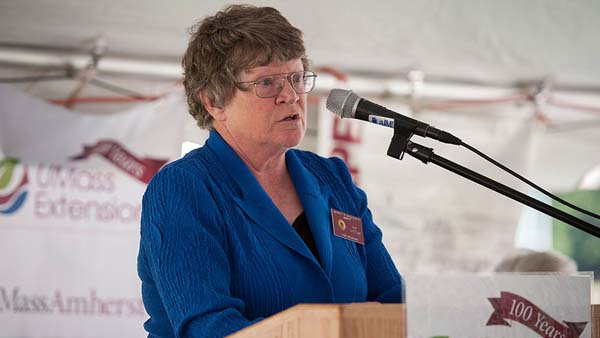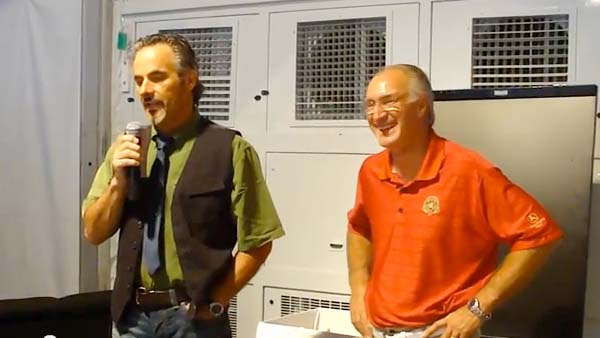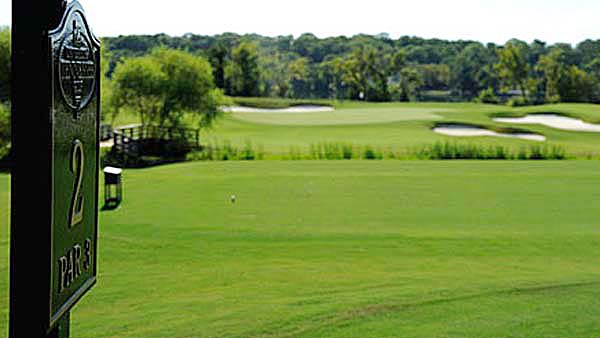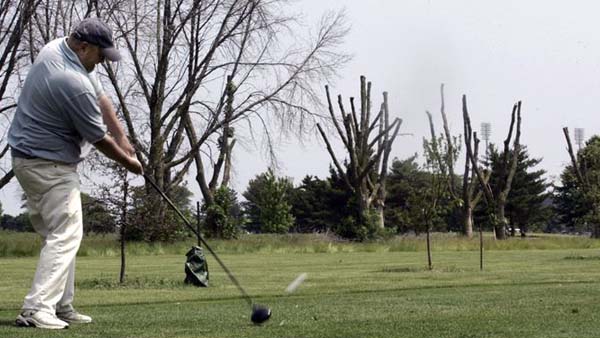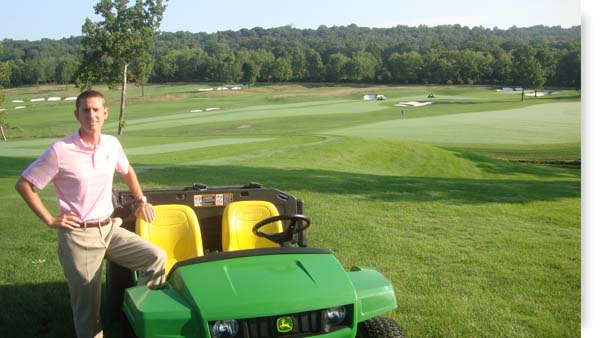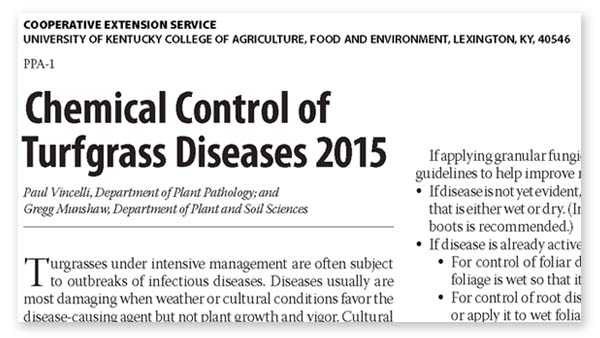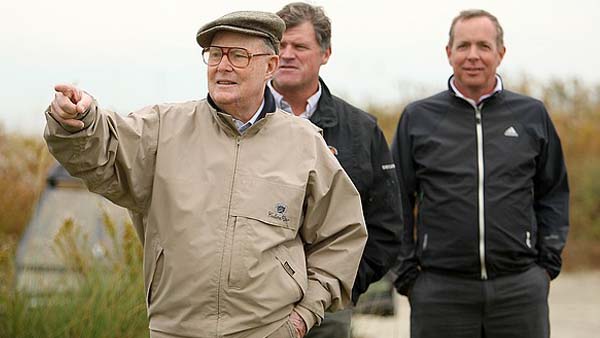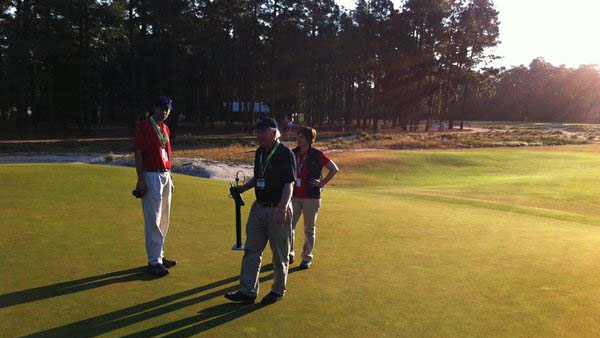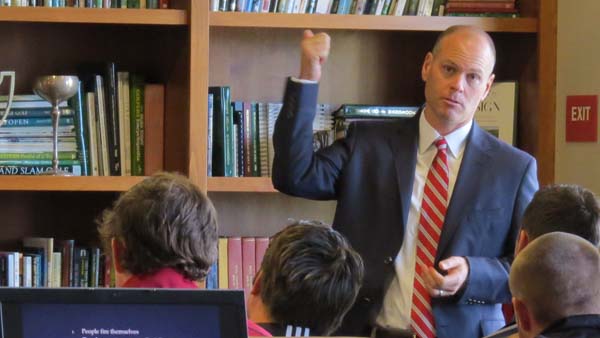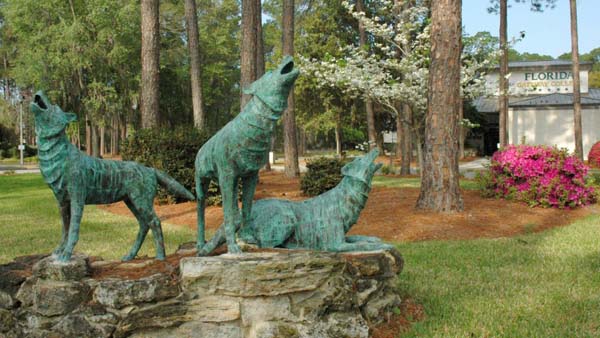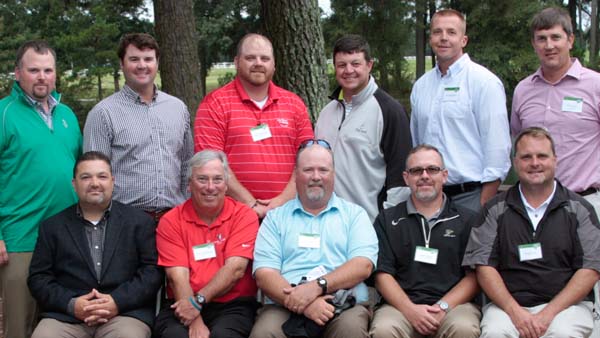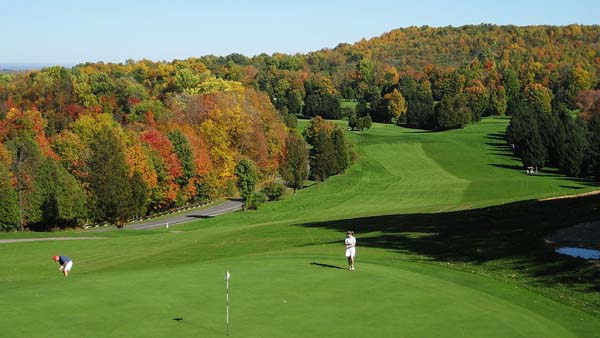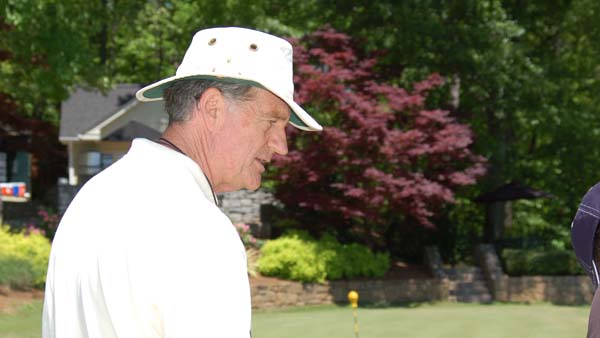
Shades of winter
By John Reitman, in News,

"I was kind of excited. I thought we might finally get to do some winterkill research," said Frank, associate professor of turfgrass science.
In retrospect, his enthusiasm falls under the category of "be careful what you wish for."
The university's Hancock Turfgrass Research Center wasn't the only place where winterkill was on display. Superintendents managing Poa annua greens in the Mid-Atlantic, Great Lakes region and parts of eastern Canada also got an up-close and personal look at winterkill after periods of rain, followed by freezing cold temperatures and relentless snow events left golf courses throughout that death zone under a blanket of ice for months.
In parts of Michigan, the cycle of death began Dec. 21 when rain turned to ice, followed by snow. Brief mini-melts here and there helped create a layer of ice underneath that remained for months, long past Poa's threshold for remaining viable under ice.
Given the widespread damage left in the wake of last winter, it's never too early to start worrying about the next one. Or more specifically, how to formulate a recovery plan in the event of the next winterkill event.
Frank spoke recently on the topic in successive seminars during this year's Ohio Turfgrass Foundation Conference, held Dec. 9-11 in Sandusky.
The ability to recover depends entirely on the level of damage incurred, but such programs often begin with seeding bentgrass. Frank discussed
One such program Frank discussed at OTF included seeding with bentgrass, followed by a starter fertilizer application consisting of 0.75 pounds per 1,000 square feet of phosphorus, followed by a foliar program of 0.10 pounds of nitrogen per 1,000 applied every four to five days through mid- to late May, and plant growth regulators weren't used until mid-June.
Annual spring use of PGRs to control Poa seedhead suppression could, Frank said, leave the plants vulnerable and weakened over time.
"We've been doing that for decades. When you have a massive kill like this, it's not like the Poa is raring and ready to go," Frank said. "That was a challenge."
Preparing the area for seeding also played a critical role in how quickly an area recovered.
The best results last year, Frank said, were achieved using a slit seeder in at least two and sometimes three directions. One pass didn't create enough openings to maximize seed-soil contact. A spiker that created dimples in the surface resulted in seed being deposited in the thatch layer, Frank said. In fact, some greens last winter had so much dead turf that Frank said stripping the greens and starting over from seed often might make more sense, especially when maximizing seed-soil contact. Use of permeable covers also can help speed re-establishment.
Affected courses throughout the southern half of Michigan that followed such a program typically were ready to reopen their greens by mid- to late June.
Any re-establishment effort that comes on the heels of something potentially catastrophic like winterkill should also include regular communication with golfers.
"You don't want golfers who play your course coming out the second week of April and you have to tell them they can play the alternates or hit balls on the range," he said. "You have to be ready to tell them if it happens, this is our strategy for recovery."
- Read more...
- 3,362 views

